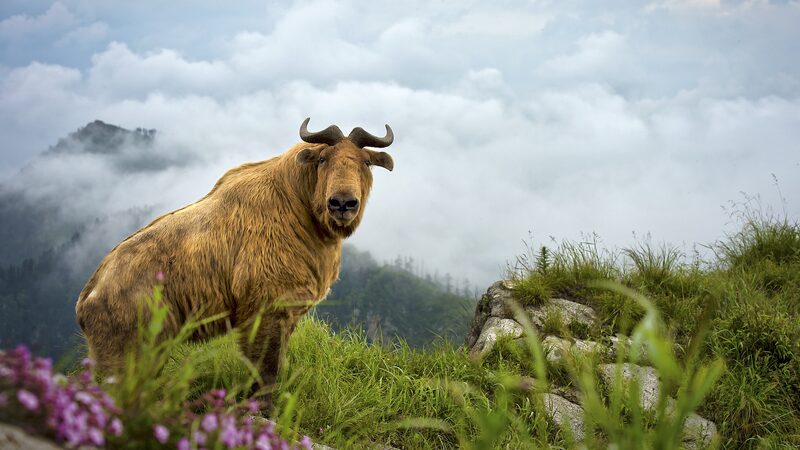China’s revised Wildlife Protection Law, effective since May 1, 2023, aims to balance conservation with regulated use of wildlife. Here’s the breakdown:
🌿 Classified Management: The law introduces a tiered system for captive-bred wildlife, requiring licenses and annual quotas for legal trade. “It’s strict where needed, flexible where possible,” says Beijing Forestry University professor Yang Zhaoxia. This approach supports sustainable breeding industries while prioritizing endangered species.
🛑 No More ‘Wild’ Snacks: Eating protected wildlife—like that tourist who cooked a wild hare—is now explicitly illegal under Article 31. Even non-listed species face usage limits to prevent overexploitation.
🎯 Hunting Rules Tightened: Hunters must follow strict guidelines on species, locations, and tools (Article 23). Post-hunt reports to authorities are mandatory, ensuring accountability.
🔬 Science First: The law boosts support for research-driven breeding programs to preserve biodiversity. Yang emphasizes the “combination of universal and targeted protection,” safeguarding both listed and unlisted species.
💡 Why it matters: The update reflects China’s push for ecological governance—protecting habitats while enabling responsible resource use. A win for pandas *and* progress? Let’s see! 🌍🐼
Reference(s):
What are the differences in the revised Wildlife Protection Law?
cgtn.com




